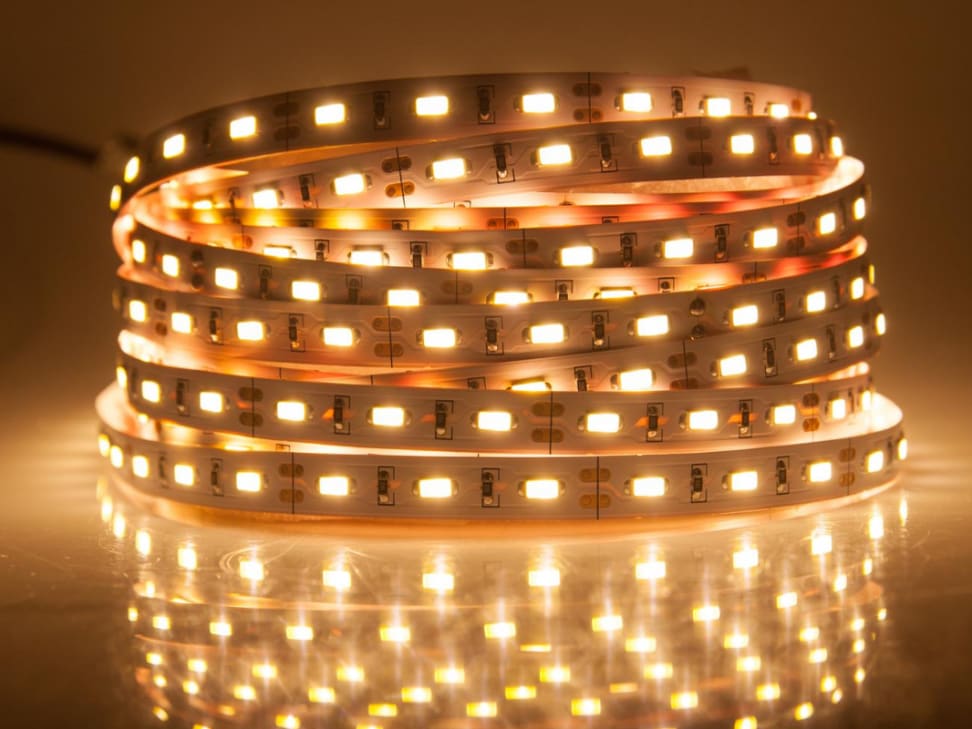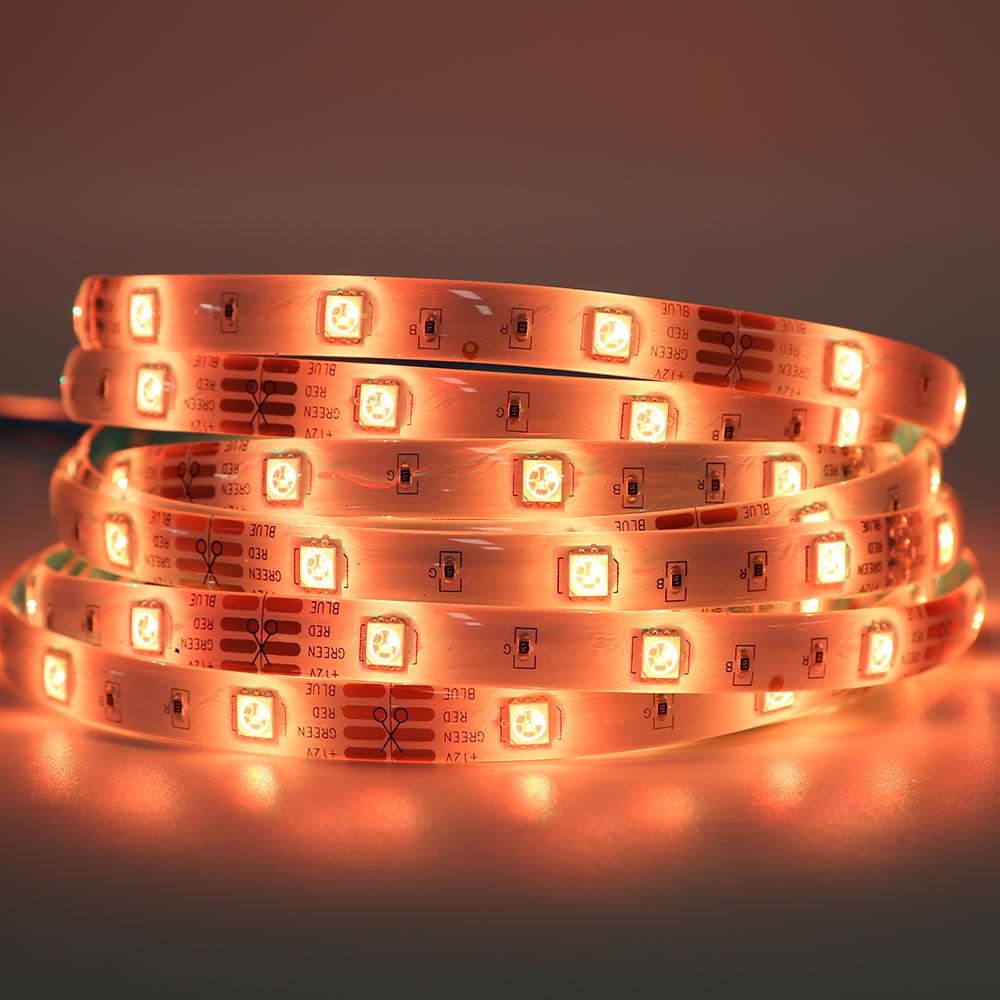

|
  |
Can LED Lights Operate Without an Adapter?
|
Message édité 1 fois, dernière édition par CanLEDLights, 17 Aout 2023, 10:40
 17 Aout 2023, 10:37 17 Aout 2023, 10:37 Can LED Lights Operate Without an Adapter?
LED lights have revolutionized the way we light up our spaces. But can LED lights work without an adapter? Let’s explore this question and various aspects of LED lights and their power sources. Yes, LED Lights Can Function Without an Adapter LED lights, including LED strip lights, can indeed operate without an adapter. While many LED lights rely on adapters to convert AC power from a wall outlet into the DC power required by the LEDs, there are alternative methods available. Battery-Powered LED Strips One popular alternative is battery-powered LED strips. These strips are designed to be powered by batteries, such as AA or AAA batteries, eliminating the need for a plug or adapter. This makes them incredibly versatile, allowing you to use them even in situations where electricity is unavailable. Microcontroller Control Another option is to use a microcontroller to control an RGB LED strip. This setup enables the LED strip to be powered and controlled without a traditional power adapter. It provides flexibility and advanced control options for your lighting setup. However, it’s important to note that while LED lights can work without an adapter, they still require a power source. This power source can be batteries, a microcontroller, or any other DC power supply. Understanding How LED Strip Lights Operate Before we can grasp the concept of LED lights working without an adapter, let’s understand how LED strip lights function. LED strip lights consist of a series of light-emitting diodes (LEDs) arranged in a long strip. These LEDs are often divided into sections, with each section housing a specific number of LEDs along with current-limiting resistors. Analog and Digital LED Strips There are two main types of LED strips: analog and digital. Analog LED strips can be either mono-color (single color) or RGB (full color spectrum). On the other hand, digital LED strips allow individual control of each LED, enabling more complex lighting effects. In the case of RGB LED strips, each LED actually contains three smaller LEDs inside: one red, one green, and one blue. By adjusting the brightness of these three LEDs, a wide range of colors can be produced. LED strip lights can be powered in various ways, including direct power supply or batteries. They are typically easy to install, often featuring an adhesive back that allows you to stick them onto most surfaces.  Alternative Power Sources for LED Strips Now that we know LED lights can function without an adapter, let’s explore some other power sources you can use for LED strips. Connecting to a Power Supply The most common method is to connect the LED strip lights to a power supply. This power supply converts the AC power from a wall outlet into the DC power required by the LED strips. It ensures a stable and reliable power source for your lighting setup. Portable Battery Packs In some cases, you can use portable lithium-ion battery packs to power LED strip lights. However, it’s crucial to note that relying on portable battery packs regularly may reduce the LED lights’ lifespan. Following the manufacturer’s instructions is best to ensure optimal performance and longevity. Joining Chopped LED Strips Without Connectors If you need to join chopped LED strips without connectors, follow these steps: 1. Start with high-quality LED weatherproof strips. They usually come in 5-meter lengths, which can be cut into smaller sections. 2. Cut the strip where indicated to expose the four small copper solder points. 3. Apply a small amount of solder to each copper solder point using a hot solder tip. 4. Repeat the process on the other ends of the strips. 5. Join the two ends together and solder from one end to the other. 6. If unsure about the bond, add a bit more solder to strengthen the joint. 7. Flip the strip over and examine the other side to ensure a firm solder bond. This method allows you to create longer LED strips by combining chopped-off parts. It’s an economical way to repurpose the waste and save money on additional lengths of LED strips. Can RGB Lights Produce White? Absolutely! RGB lights can generate white light. The perception of white is subjective and depends on our eyes’ color-sensing cells, known as cone cells. When these cone cells are equally stimulated, we perceive white light. There are multiple approaches to achieve white light using RGB lights: 1. Wide Spectrum Light Source: A light source that emits elements at all wavelengths in the visible spectrum, such as sunlight. By combining different wavelengths and relative strengths, you can stimulate the three cone cell types equally. In the case of RGB LED strips, the chosen wavelengths are typically red, green, and blue. 2. Yellow Emitter: The responses of long-wavelength and medium-wavelength cones overlap significantly. Instead of using separate red and green lights, you can replace them with a single yellow emitter to achieve the same effect. 3. Phosphor-Enhanced LEDs: Adding a yellow phosphor to a blue LED creates a white LED. This method is commonly used in white LED bulbs. Each approach produces visually indistinguishable whites, even though certain objects may appear differently under different lighting conditions. Revolutionizing Energy Efficiency with Triboelectric Nanogenerators (TENGs) and LED-in-Capacitors Researchers have made significant advancements in energy conservation and self-powered systems by harnessing the potential of triboelectric nanogenerators (TENGs). These devices combine contact electrification and electric induction to generate electricity. In a recent study by Liu et al., they explored using TENGs to power LED arrays. They introduced a new structure called LED-in-capacitors, which is a series of capacitors and LEDs powered by alternating current voltage. This innovative setup allows the LEDs to be directly lit from the main power supply, eliminating the need for a transformer.  Follow us to discover the Best led light strips Follow us to discover the Best led light stripsFurthermore, the number of LEDs in the series can be adjusted effortlessly, providing flexibility and control over lighting intensity. This breakthrough technology has the potential to revolutionize traditional LED lighting and display systems. It also has implications for smart light switches, as LED-in-capacitors can enhance energy efficiency by operating at higher voltages and without the need for a transformer.  Conclusion LED lights can indeed work without an adapter, thanks to alternative power sources such as batteries or microcontrollers. Understanding how LED strip lights operate and knowing different techniques for joining chopped LED strips can help you create versatile lighting setups. Moreover, the ability of RGB lights to produce white and the advancements in TENGs and LED-in-capacitors technology demonstrate the continuous evolution of energy-efficient lighting solutions. So, the next time you consider lighting up your space with LED lights, remember the various options available and explore the possibilities beyond traditional adapters. |

|


